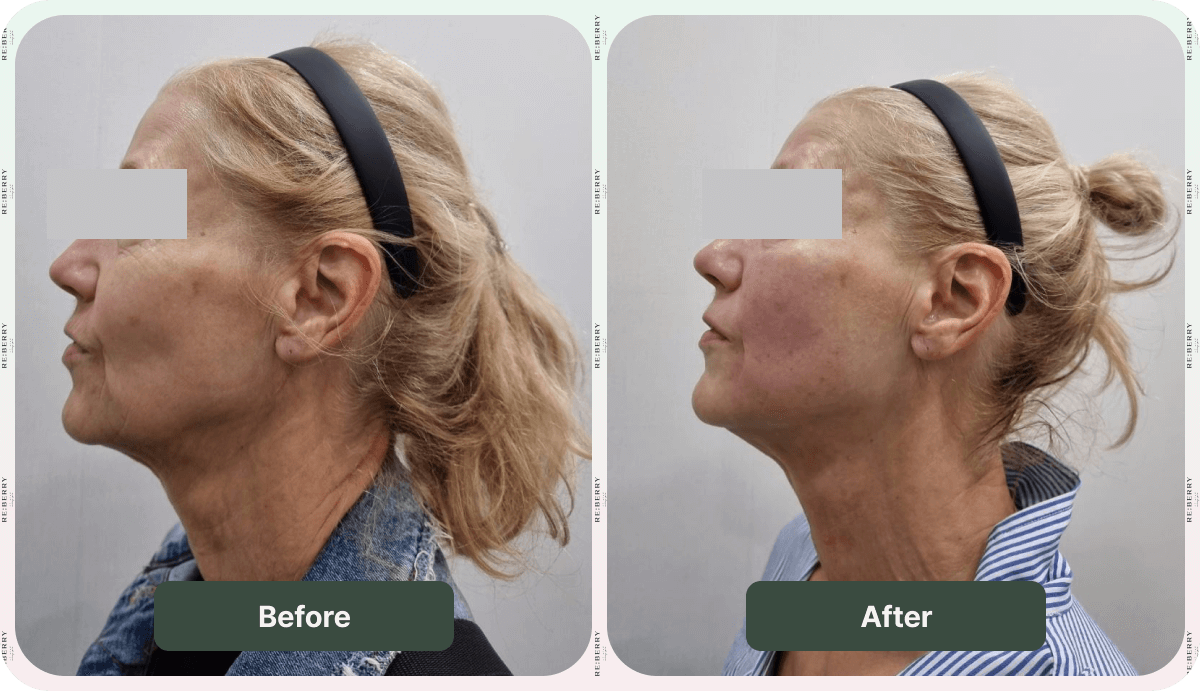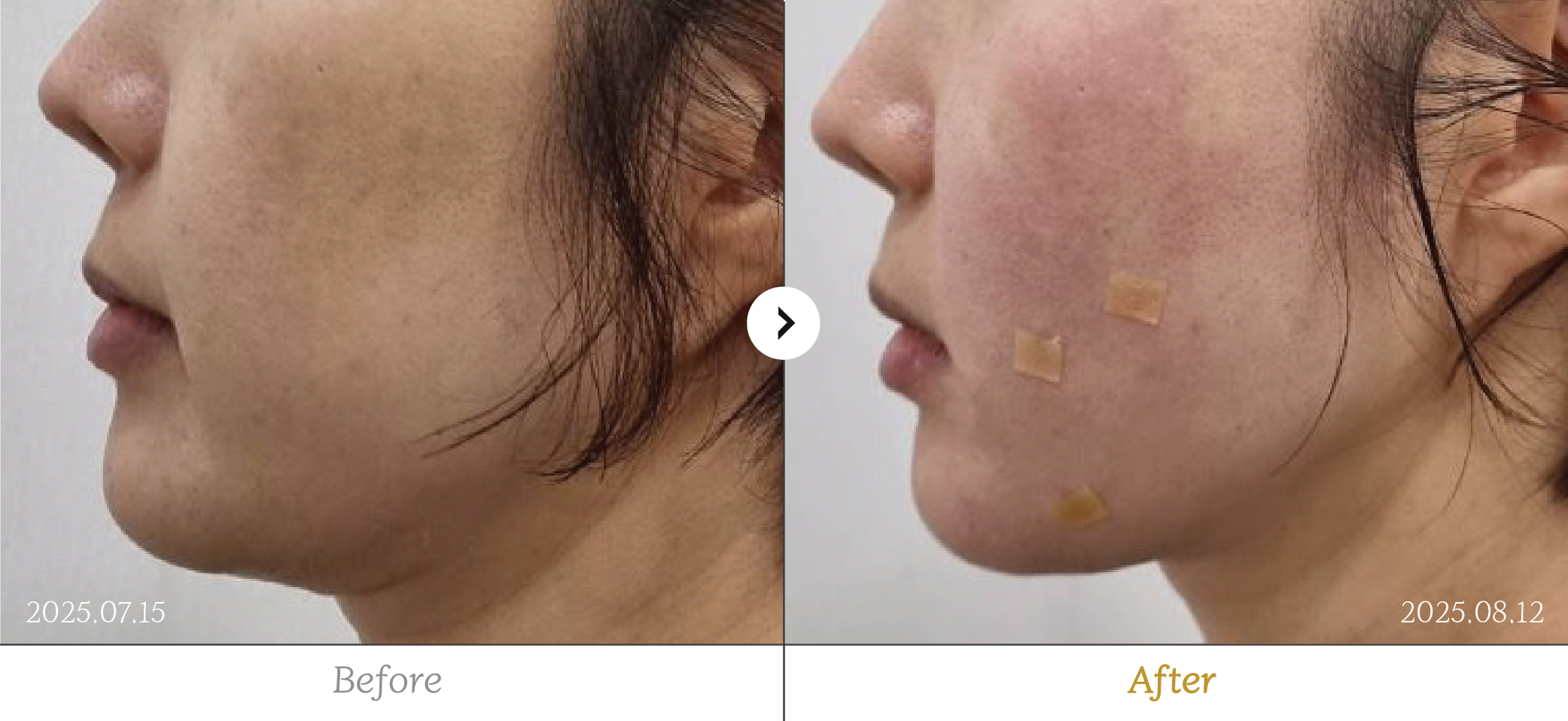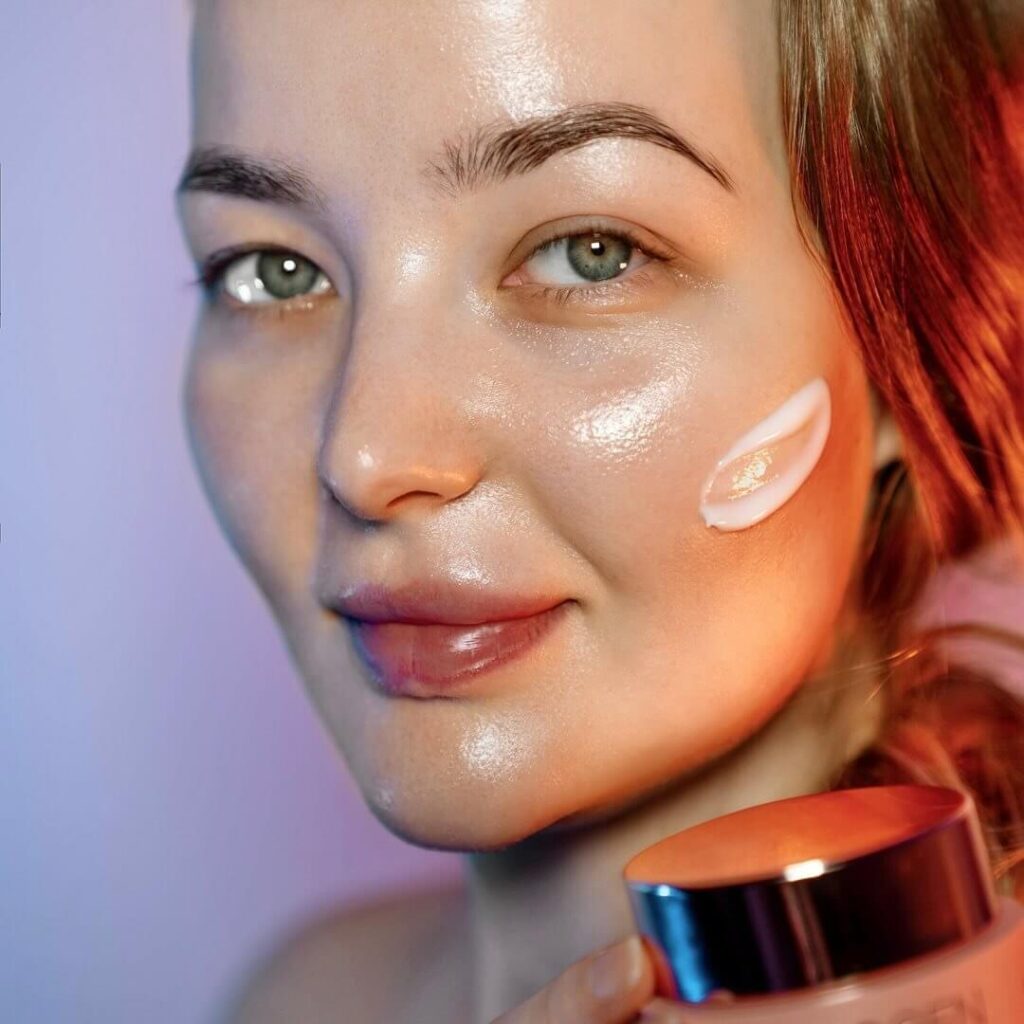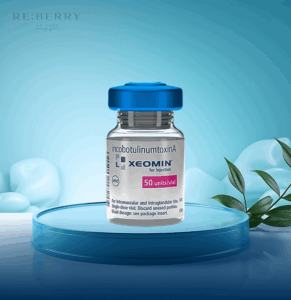“Doctor, should I get a facelift?
Is now the right time?”
Many patients come to my clinic already thinking about surgery, asking if a facelift is truly necessary or if it’s too early.
From a medical perspective, however, by the time you’re seriously considering it, you may have already missed the best time to get a face-lift treatment, a golden window for natural, long-lasting results.

Facial aging doesn’t happen overnight, it’s a gradual process. Every day, subtle changes like loss of cheek volume, weakening ligaments, and skin laxity quietly shift your facial contours.
Ignoring these early signs can make achieving a youthful, natural-looking result more challenging and costly later on, both in time and treatment intensity.
Is your face an “Inverted Triangle” or a “Triangle”?

Young, healthy skin naturally forms an inverted triangle, with fullness concentrated in the cheeks and cheekbones. When light hits the face, highlights emphasize the upper face, making it appear lifted and slimmer.
As we age, this balance shifts, the mid-face loses volume, and the skin begins to sag. The face gradually takes on a triangular shape, with more weight toward the lower face, giving a tired or aged appearance.
Sagging and volume loss are the two main reasons the face changes with age. Volume loss happens when the deep fat compartments in areas like the temples and cheeks gradually shrink, making the face look hollow or sunken.
Sagging, on the other hand, occurs when the supportive structures of the face, such as the retaining ligaments and the SMAS layer, become weaker, causing the skin to droop downward.

Together, these changes soften the jawline, deepen nasolabial folds, and shift the face’s center of gravity lower. Addressing both sagging and volume loss simultaneously is essential to restore natural contours and a youthful, lifted appearance.
Which Key Treatment do you need to Stop Loss at the Pre-Surgery Stage?

Leaving a collapsed structure unattended is like losing your youth every day. Before considering surgery as a last resort, you must simultaneously prevent both “sagging” and “Volume loss.”
Sagging can be lifted with treatments like Ulthera or Thermage, tightening the SMAS layer and ligaments, while volume loss in the cheeks and temples is restored with HA fillers, bringing back the inverted-triangle balance.
Treating both together ensures natural, long-lasting rejuvenation. So, there is no best age for a facelift treatment. The “right moment” when these two complex aging phenomena are diagnosed is the optimal time for treatment and the only chance to prevent further damage.
Why does Diagnostic Equipment and Treatment Experience determine outcomes?

The outcome of any facial rejuvenation treatment depends greatly on diagnostic precision and the doctor’s treatment experience.
When determining the best age to have a facelift, it’s not just about the number; it’s about understanding your skin’s structure, elasticity, and degree of sagging.
Advanced diagnostic equipment allows doctors to “see beneath the skin,” identifying volume loss, muscle laxity, and the SMAS layer condition with accuracy. This ensures a customized plan that balances lifting and tightening without overcorrection.
Meanwhile, years of clinical experience guide how deeply and precisely the tissues should be repositioned for natural, long-lasting results. Together, expert assessment and modern imaging technology make the difference between a good facelift and an exceptional one.
Before deciding on a lifting treatment, you should get an accurate diagnosis of why your face is sagging or losing volume. Overlooking the right timing or failing to treat both sagging and dimpling can lead to uneven or unnatural results.
At Reberry Clinic, our specialists use FDA-approved diagnostic equipment and proven lifting techniques to ensure precise, natural-looking rejuvenation.
Schedule your personalized facelift consultation at Reberry Clinic today and take the first confident step toward restoring your youthful, harmonious contours.

Dr. Tae Gyun Kim
International Clinical Director

























